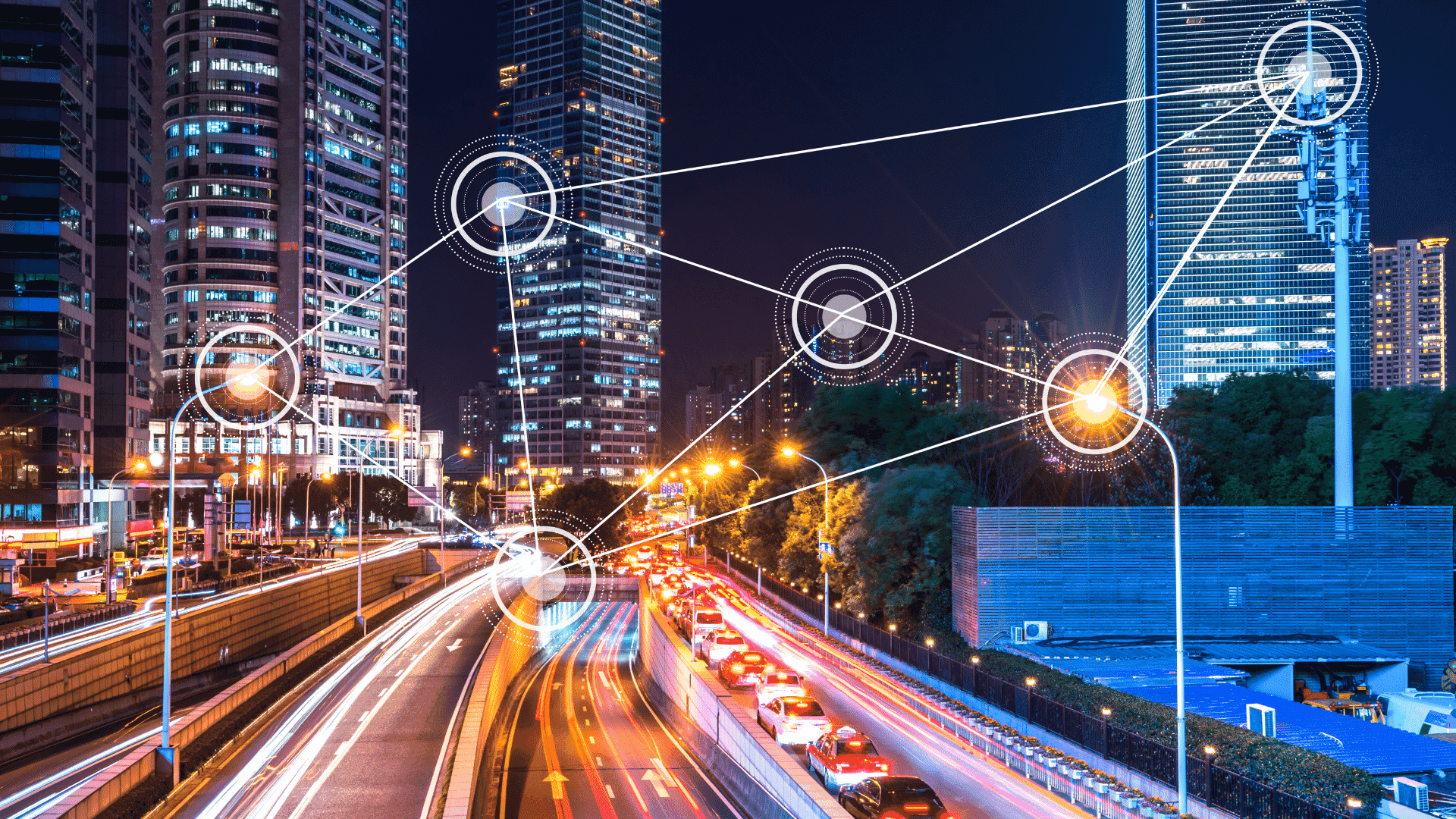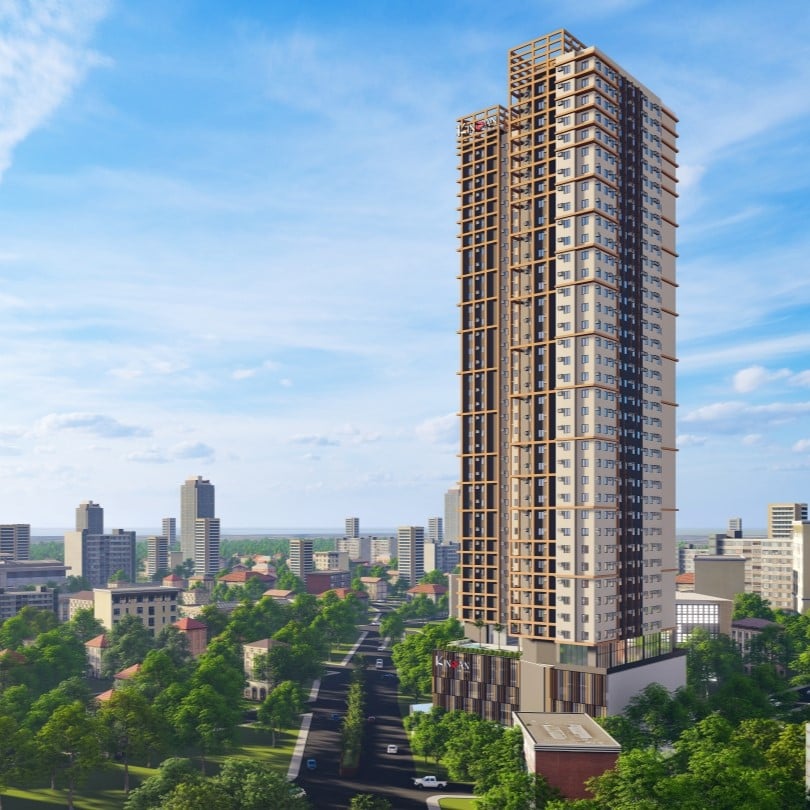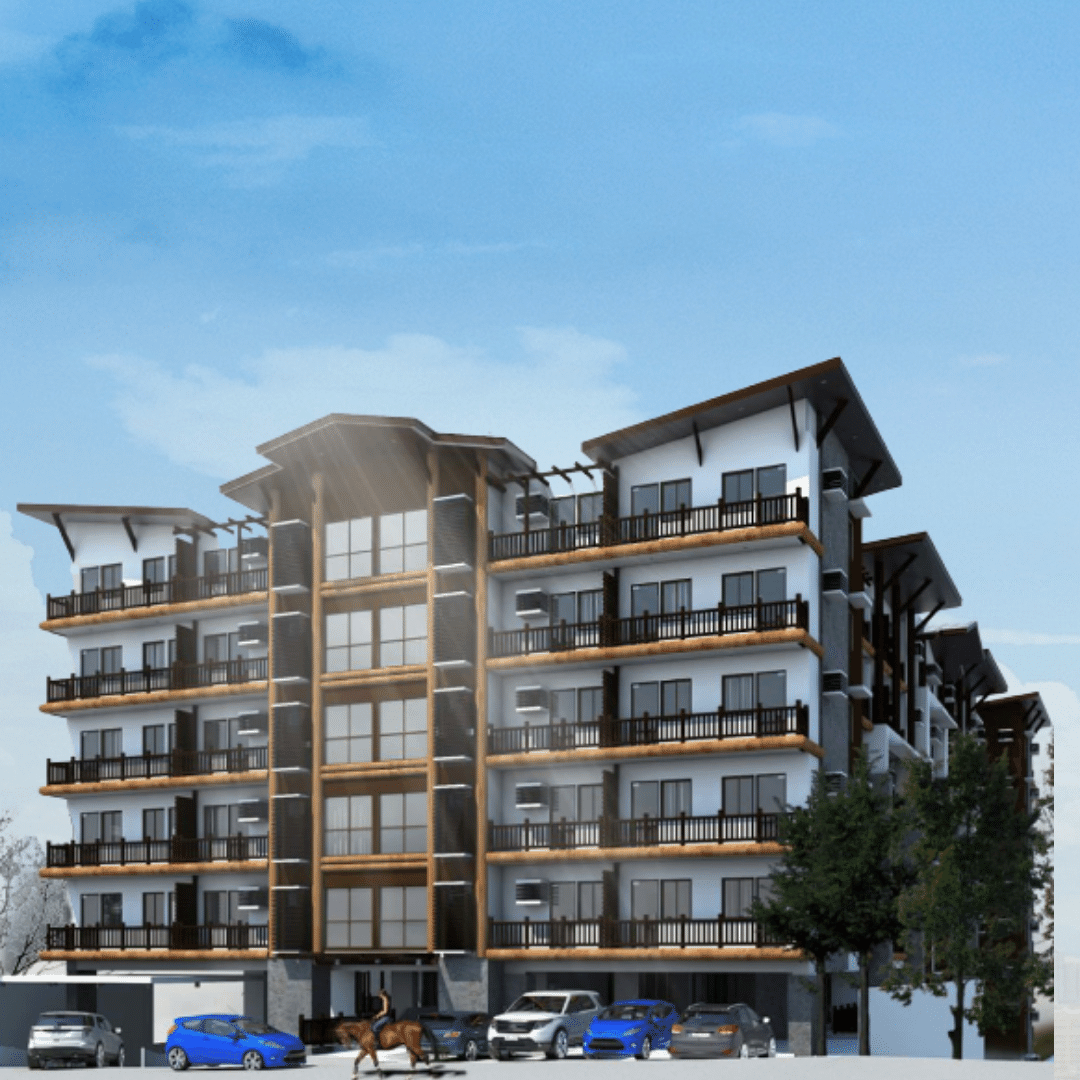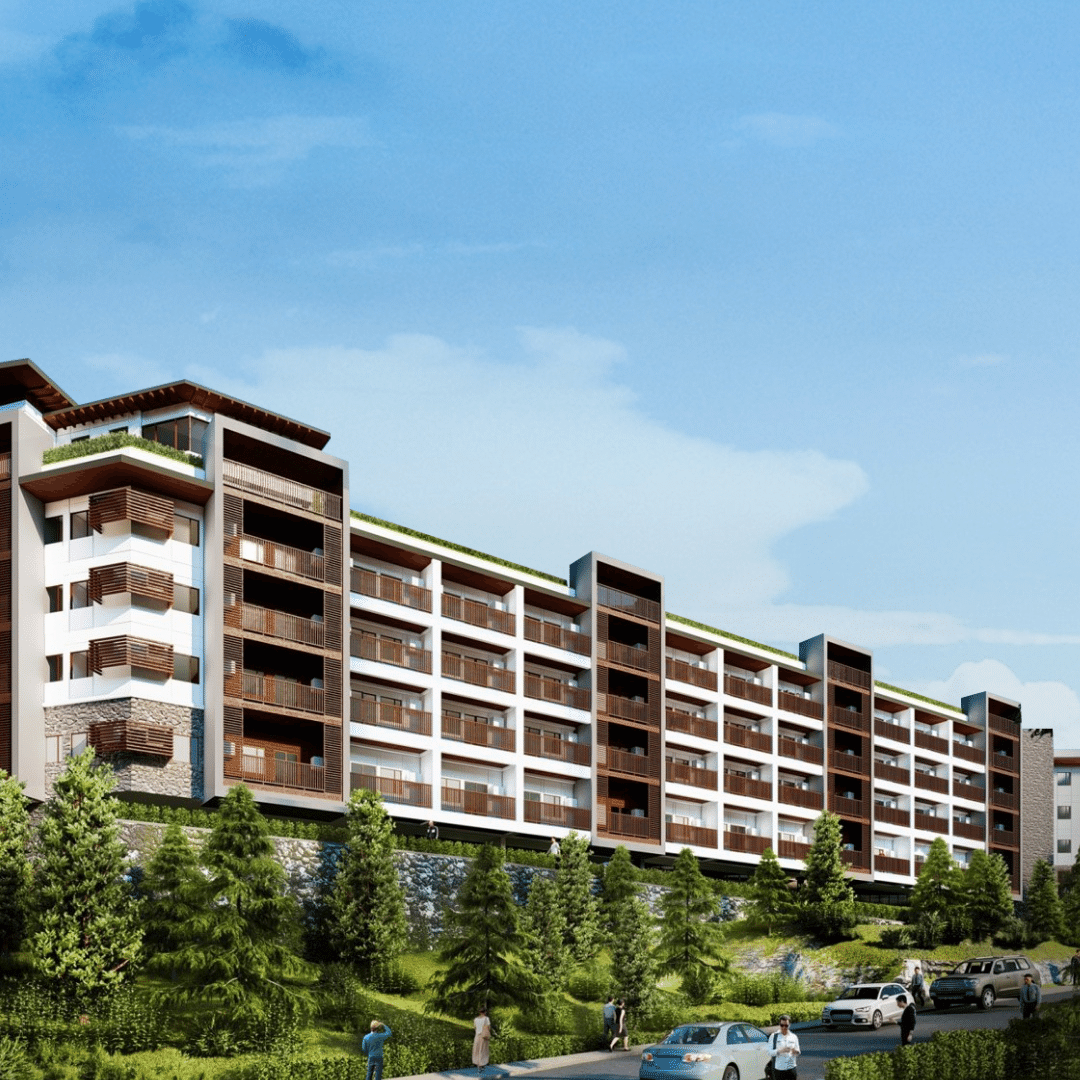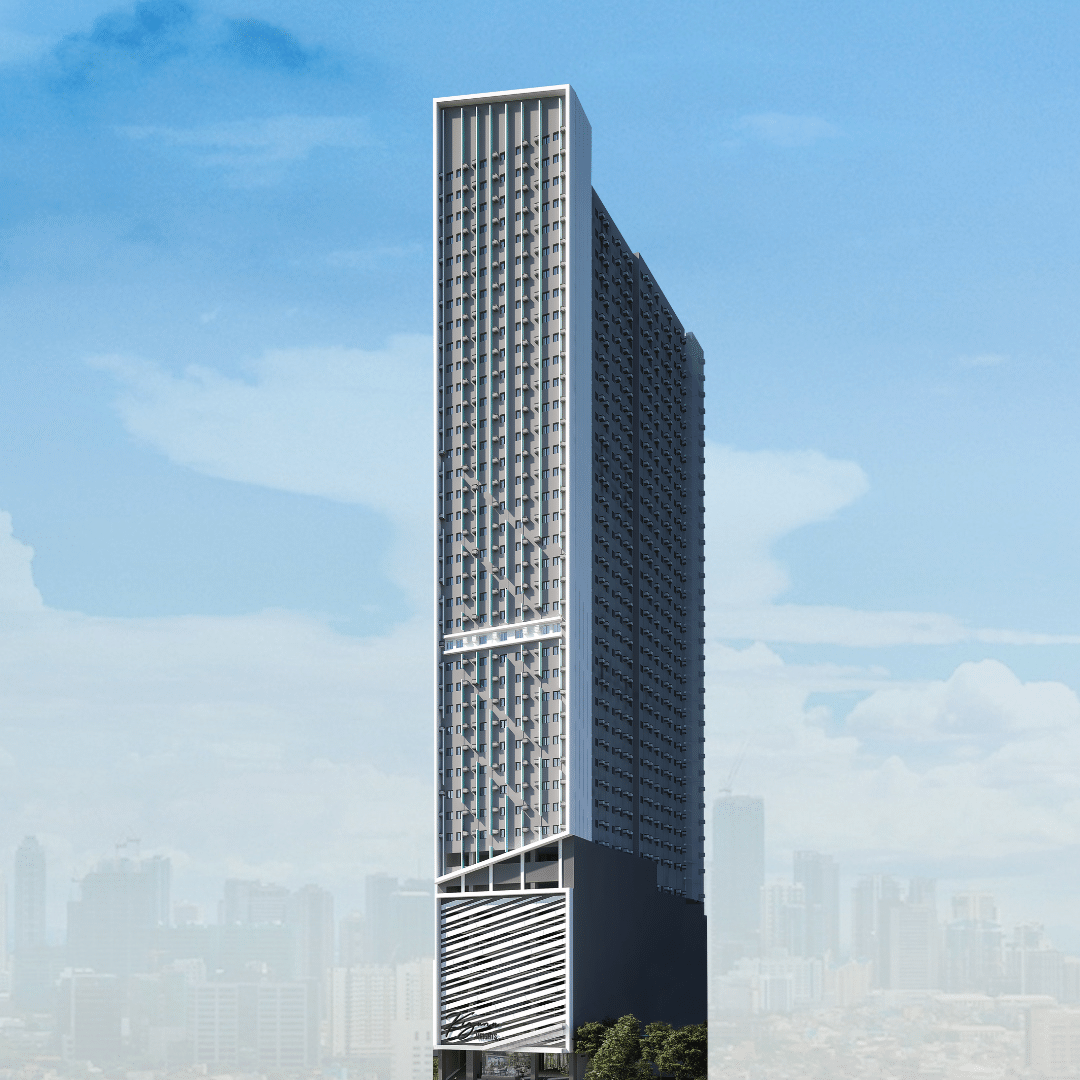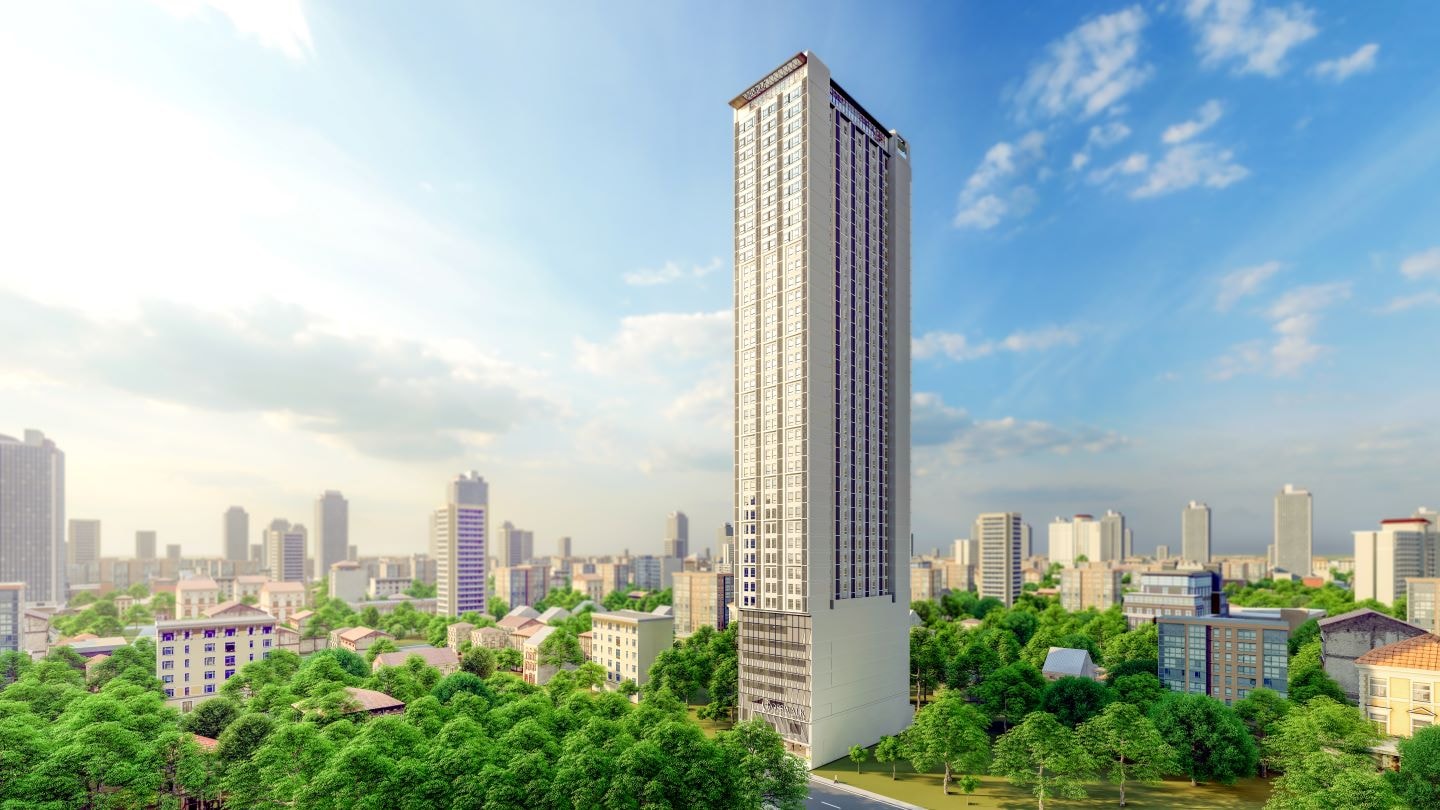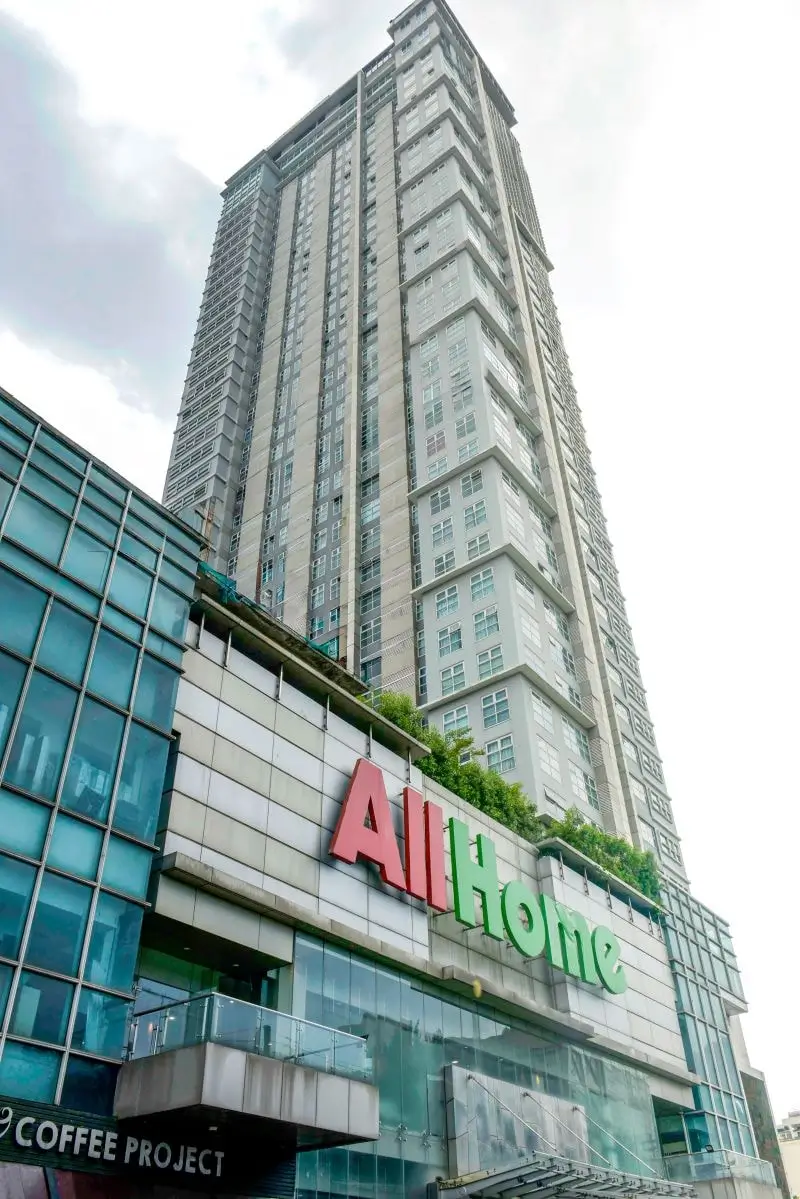Let's admit it: Most of us will unavoidably have to reside in urban areas.
There are 29 cities with more than 10 million population globally, and cities utilize between 60 and 80 percent of the world's energy. Up to 19 percent of the electricity used worldwide is used only for lighting.
Cities will need to become "smarter" to manage that many people. For that to happen, Internet of Things (IoT) devices will need to collect data that can then be used to manage resources and assets effectively.
There has been a lot of talk revolving around the term "Smart City,"—but what is it? Let's elaborate more on the topic of this article.
What is A Smart City, and How Does It Work?
What defines a smart city, and what makes it different from other regular cities?
It's important to remember that "smart" here refers to a tool rather than a quality that characterizes the city to comprehend what a "smart city" is. Instead, " Smart " refers to the city's capacity to foster its residents' well-being.
A smart city, also known as a smart city, has three main goals: to raise the citizens' well-being, decrease CO2 emissions, and improve energy efficiency. This is done through the use of modern technology. This idea of a city integrates various areas, including management, economy, mobility, environment, energy, supply, health, and security, among others. It enables greater efficiency as well as the provision of better services.
The key to these cities' success is their use of cutting-edge technology like the Internet of Things (IoT), Artificial Intelligence (AI), or Big Data to improve the sustainability, connectivity, and efficiency of their systems and assets.
A smart city aims to improve citizens' quality of life, optimize city operations, and foster economic growth by utilizing innovative technologies and data analysis. Instead of just how much technology is accessible, the value is in how it is used.
Another question you may ask: How does it work?
Smart cities use a network of interconnected IoT devices and other technologies in four steps to enhance the quality of life and promote economic growth. The following are these steps:
- Collection: The Smart sensors collect data in real-time or immediately.
- Analysis: It is analyzing the data to learn more about how city operations and services are carried out.
- Communication is where the decision makers are informed of the data analysis findings.
- Action - Steps are taken to enhance operations, manage resources, and enhance the quality of life for urban residents.
Additionally, according to a 2014 study by the American consulting firm Frost and Sullivan, the eight key aspects that define a smarts city are:
- Smart governance
- Smart energy
- Smart buildings
- Smart mobility
- Smart infrastructure
- Smart technology
- Smart Healthcare
- Smart residents
Governments, businesses, software providers, device makers, energy suppliers, and network service providers all have a role to play in integrating solutions that adhere to the following four fundamental security goals:
- Availability - The success of the smart city depends on reliable, actionable, and real-time data availability. It is crucial how data is gathered, processed, and shared, and security solutions must prevent negative availability impacts.
- Integrity - Reliable and accurate data are essential to smart cities. Data must be accurate and free from manipulation; thus, precautions must be taken.
- Confidentiality - Some information gathered, saved, and analyzed will contain private information about the customers. Sensitive information must not be disclosed without authorization and must take precautions in having information and data.
- Accountability - demands that system users take ownership of their actions. Their interactions with delicate systems must be recorded and connected to a particular user. These logs have to feature reliable integrity protection and be challenging to counterfeit.
Smart City Initiatives
Initiatives to create "smart cities" call for equally effective software that can operate cities and entities at the same speed and enable seamless communication across geographic boundaries.
It is said that 85 percent of the world's population will reside in urban areas by 2050. Technological innovation is required as preferences and lifestyles gradually change. If action is not taken quickly and effectively, this will lead to supply, resources, and pollution issues. This was when smart cities started to emerge to create sustainable cities. The birth of smart city initiatives results from the expanding problems and the requirement for accommodating the enormous population.
Cities like Singapore, Dubai, Amsterdam, Barcelona, Madrid, Stockholm, Copenhagen, several Chinese cities, New York, and the English towns of Milton Keynes and Southampton have all adopted smart city technologies. Innovative city initiatives are being implemented in more and more countries all over the world, including the Philippines.
Smart City in The Philippines
In recent years, the support of the local government in the Philippines has been significantly relied upon. Cities reacted fast to digitize services and establish data usage, storage, and protection guidelines.
Across the nation, smart city initiatives in the Philippines have sprung up. Metro Manila, Metro Clark, Metro Cebu, and Metro Davao are a few cases of the Philippines' smart cities. The upgrade of the command center and e-government services in Manila, the BRT system and digital traffic system in Cebu, and the converged command and control center. Finally, the intelligent transportation and traffic systems with security in Davao were all projects that the Philippine government committed to completing during the Fourth ASEAN Smart Cities Network Annual Meeting.
The fourteen more cities in Metro Manila are also improving their innovative city initiatives. Developing command centers, disaster risk reduction, resilience management, digital health and education, and data center improvements with cybersecurity and analytics tools are just a few of the initiatives being made.
As much as it aims to be helpful, there are still some concerns. According to PIDS, Local Government Units (LGUs) are concerned about how well the public will accept smart city projects. Precisely how well it will be able to adopt new technologies and how well it will trust the usage and storage of data. LGUs have found it challenging to compile data due to the absence of system compatibility, particularly during catastrophes and public health situations. The digital divide, a lack of standards and guidelines for implementing innovative city programs, and administrative change are further difficulties.
Smart Cities are "Smart" Cities
You may have heard this saying: "Work smarter, not harder." This saying applies to almost everything—including cities.
Urban areas can be made smarter and more connected to the rest of the world to improve quality of life, maintain sustainability, and make the most available resources.
However, for these solutions to work, there must be cooperation between the public and private sectors and residents. Smart cities can employ technological advancements like the Internet of Things to better the lives of their citizens and design integrated living solutions for the expanding global urban population with the right infrastructure and support.
Smart cities use technology to improve the sustainability, efficiency, and intelligence of daily life. The smart cities' central concern is the quality of life—how to live more harmoniously while preserving the environment.
For more information on Vista Residences, email [email protected], follow @VistaResidencesOfficial on Facebook, Twitter, Instagram, and YouTube, or call the Marketing Office at 0999 886 4262 / 0917 582 5167.
